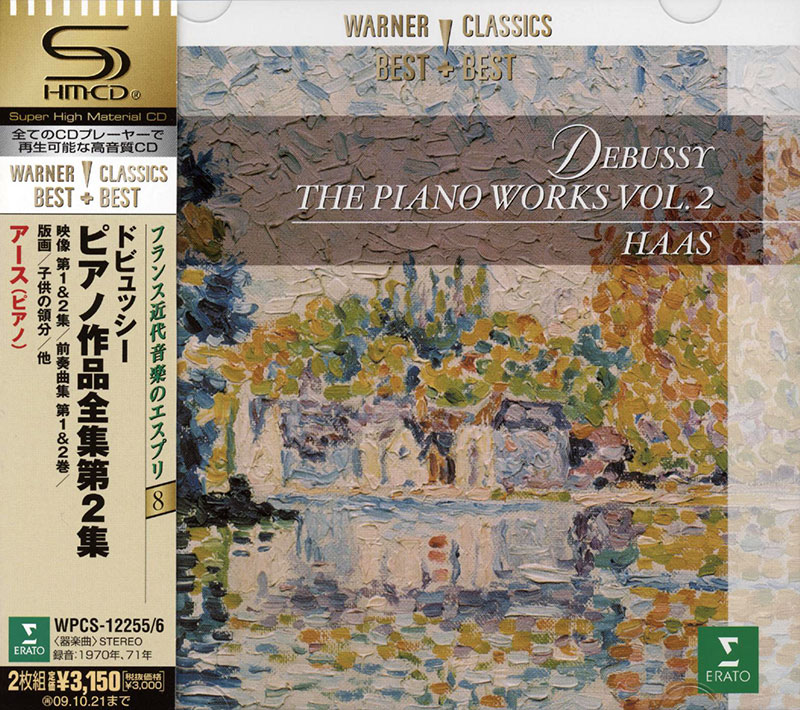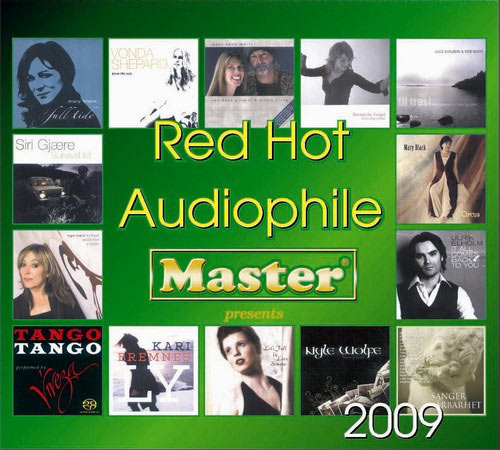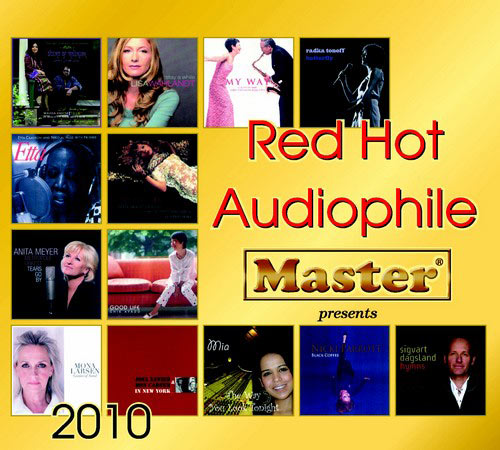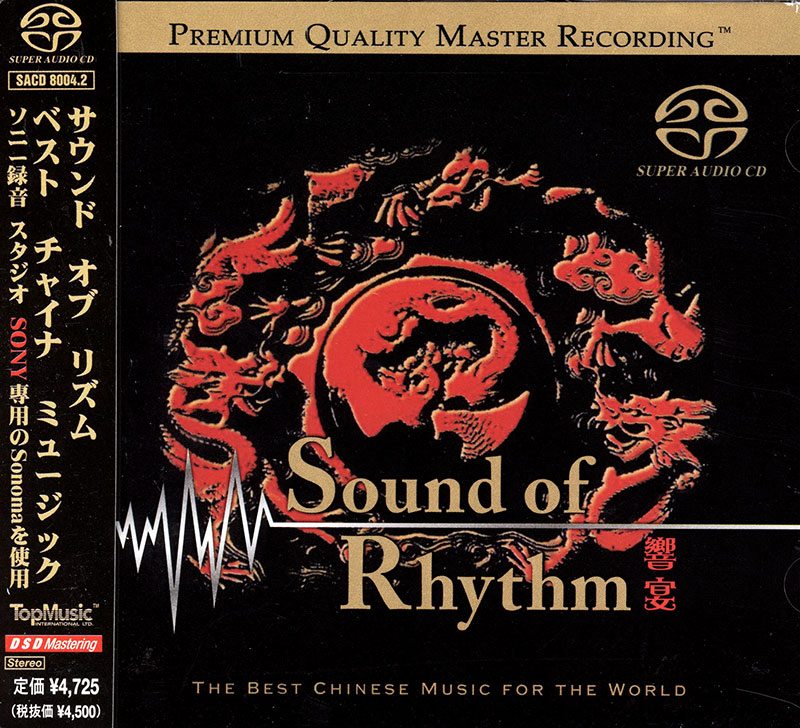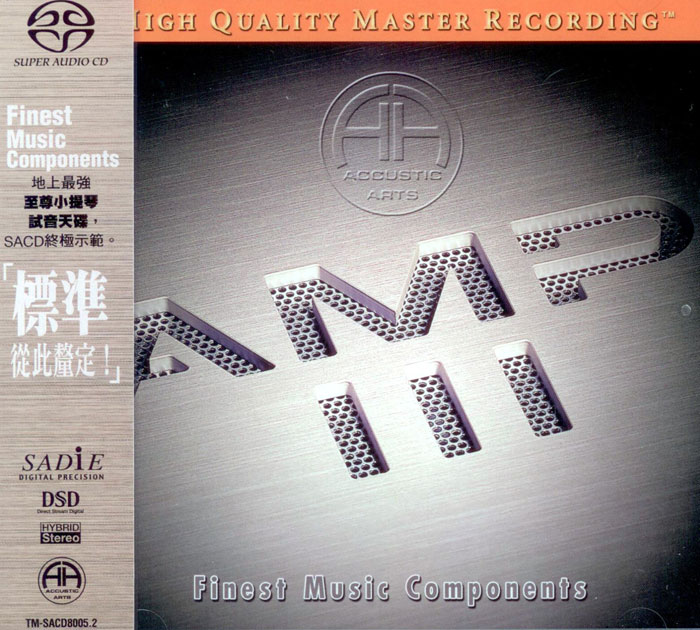Logowanie
Mikołaj - ten to ma gest!
Elton John, The Mamas & The Papas, Cat Stevens, Rod Stewart, Bobbie Gentry, Stevie Wonder, Engelbert Humperdinck
Memory Lane
Edycja Numerowana - 1000 egzemplarzy w skali światowej
RACHMANINOV, Eiji Oue, Minnesota Orchestra
Symphonic Dances / Vocalise
Best Recordings of 2001!!! NAJCZĘŚCIEJ KUPOWANA PŁYTA Z RR!
Karnawał czas zacząć!
Music of Love - Hi-Fi Latin Rhythms
Samba : Music of Celebration
AUDIOPHILE 24BIT RECORDING AND MASTERING
CHOPIN, LISZT, DEBUSSY, DVORAK, Gerhard Oppitz
Dances romantiques - A fantastic Notturno
Wzorcowa jakość audiofilska z Clearaudio
Winylowy niezbędnik
ClearAudio
Double Matrix Professional - Sonic
najbardziej inteligentna i skuteczna pralka do płyt winylowych wszelkiego typu - całkowicie automatyczna
DEBUSSY, Monique Haas
The Piano Works Vol 1 & 2 (4 SHM-CD)
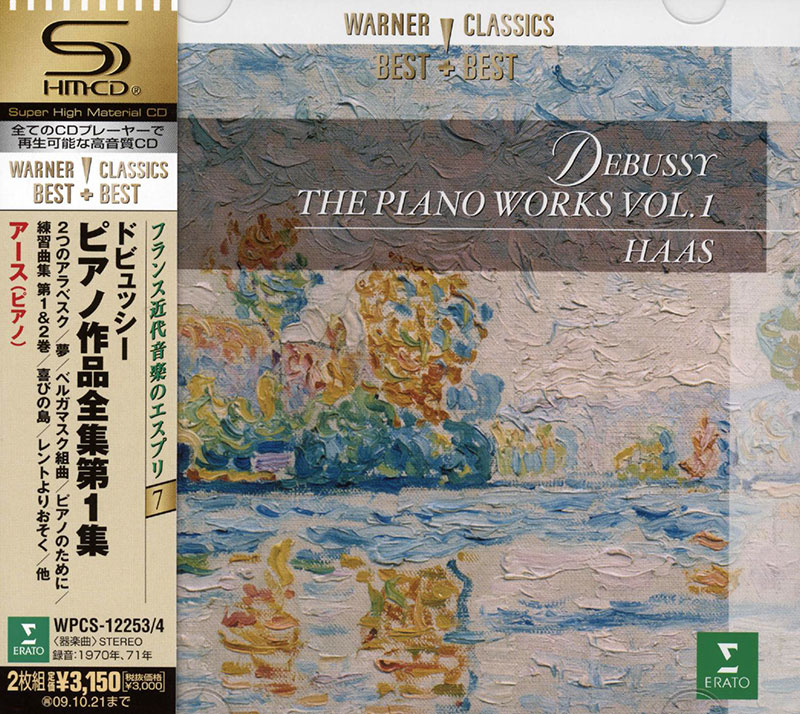
- Monique Haas - piano
- DEBUSSY
These recordings were highly regarded in their day. The EMG Monthly Letter even hailed the Ravel cycle as definitive. Yet somehow the name of Monique Haas (1909-1987) has not remained one to conjure with, as has that of Walter Gieseking, the first to offer the (virtually) complete piano music of the two great French Impressionists.
Yet for most of her career Haas was a valued DG artist. Starting before the war but signally from the late 1940s to the mid 1960s she set down a fairly wide range of music for that company. Debussy and Ravel were naturally prominent and her mono recording of the Etudes won the Grand Prix du Disque in 1954. A stereo version of the Préludes followed in the 1960s, but it was only in her later years that the French company Erato enabled her to set down an “intégrale”.
As with Gieseking and other LP cycles, we obviously get the “canonical” works. Of Debussy, there are no “Images oubliées”, “La Boîte à joujoux”, “Epigraphes antiques” (solo version), as well as the various odds and ends – by no means negligible – that have turned up over the years. Most Ravel cycles today would include the piano version of “La Valse”, but she does team up with Ina Marika – a partner of long standing – to give us “Ma Mère l’Oye”.
Debussy
I remember hearing one of her recordings of the first book of “Préludes” on the radio in my university days and rather wondering what the fuss was about – it all seemed a bit too plain and sensible. Perhaps I was not then mature enough to appreciate the sheer culture of this beautifully proportioned playing, I wondered as I began listening to the first of these records. Gerald Larner’s booklet essay stresses that Haas worked with two teachers – Lazare-Lévy and Robert Casadesus – who rejected the shallow touch once favoured in France. She also had lessons with Rudolf Serkin in Switzerland. She nevertheless displays the typically French virtues of clarity and proportion. It was Gieseking’s more volatile, imaginative approach which established Debussy and Ravel in the international repertoire, but now the battle has been long won we can appreciate a set of performances which preserves the sort of playing Marguerite Long might have given us, and as such are likely to be close to what the composers actually wanted.
While another Casadesus pupil, François-Joël Thiollier, seeks to justify the early salon works by simply making them as ravishing as possible – sometimes with remarkable success – Haas makes no special pleading. Instead, she explores their purely musical virtues. The left-hand quavers that open the “Rêverie”, for instance, are not just a murmuring accompaniment but take on an independent life. Carefully balanced as they are against the coolly shaped melody, the piece acquires a level of contrapuntal interest which has one questioning whether it is such a “minor” work after all. And, if you might find Thiollier equally interesting in the atmospheric pieces, those based on the dance – “Valse romantique” and “Mazurka” – benefit from Haas’s steadier rhythm. Very recently, Jean-Efflam Bavouzet (Chandos) has married Haas’s sense of the dance with Thiollier’s ravishing textures in the “Valse romantique”. His ongoing cycle has yet to deal with most of the early works.
Haas is always loyal towards Debussy’s tempo markings. The “Danse” is marked Allegretto and she makes no attempt to push it beyond that. Gieseking clearly found the marked tempo unexciting and dashed through it at an Allegro. Bavouzet has gone one better and shown that a fast tempo can be made effective. In the “Suite Bergamasque”, which perhaps gathers together the finest of Debussy’s early inspirations, Haas’s elegant, unhurried approach to the Prélude (marked Moderato), the Menuet (marked Andantino) and especially the Passepied (marked Allegretto ma non troppo) seems to me to present this as music with more substance than usual. You will have heard more obviously ravishing performances of “Clair de lune”, but this one fits its context.
As Debussy moves towards maturity, Haas is predictably excellent in the neo-classical “Pour le piano”. Her way with the “Estampes” and the two books of “Images” is to concentrate on their musical qualities and let the picturesque aspects take care of themselves. This is perhaps what Debussy would have wished, since he gradually moved away from music which was too overtly illustrative. Listening to Haas on her own terms I found her entirely convincing, querying only a somewhat staid “Mouvement”. When I came to make comparisons I realized that both Bavouzet and Noriko Ogawa (BIS) found even more in “Estampes”. So did Ogawa in the first book of “Images” - which Bavouzet has not yet recorded. However, if I am giving the impression that Haas is inclined to be coolly correct, this is certainly not always so and I should be tempted to describe her performance of the second book of “Images” as great. While in Sviatoslav Richter’s performance of “Cloches à travers les feuilles” each bell comes from a different distance, Haas distinguishes equally clearly between them, but has them all in the foreground, to quite fascinating effect. She manages to find more movement – albeit of a very shadowy kind – in the moon-blanched landscape of the “temple qui fut” than Ogawa. Above all, her glinting, almost unpedalled texture at the beginning of “Poissons d’or” is extraordinary and her goldfish dart and cavort where Ogawa’s seem a little lazy. Another piece from Debussy’s “middle” period from which Haas distils more poetry than I’ve heard before is “D’un cahier d’esquisses”.
On the other hand, her first book of “Préludes” still seems to me as plain, sensible and two-dimensional as it did all those years ago. It is in these pieces that Debussy’s imagination took its most amazing, visionary leap. It would seem that Haas’s virtues of musicality, clarity, proportion and good sense aren’t enough here. It was at this point that the classical school of French pianism fell short and something like Gieseking’s volatility and sheer inspiration was needed to reveal this music to the world. If you don’t want a 50-year-old recording, Thiollier offers a cheap and remarkably convincing attempt at the Gieseking manner.
Or am I trying to be too profound? Maybe Haas was just slightly off-form that day. I enjoyed Book Two much more. Indeed, two pieces which call for visionary involvement, “La Terrasse des audiences du clair de lune” and “Canope”, attain a tension equal to any others I have heard.
By the time of the “Etudes” Debussy was systematically exploring his French heritage. Modernist as these pieces are, they are at the same time the sublimation of the French piano school. This makes Haas a pretty well ideal interpreter of them. I hope one day to compare her earlier version. I compared a couple with the Rahkonen performances which I continue to admire and found them not dissimilar in either conception or achievement. The last word on these fascinating pieces has clearly not been said. Ogawa set them down in July 2007 and her recording is eagerly awaited. Bavouzet will presumably not be long coming. Watch this space …
https://www.musicweb-international.com/classrev/2008/Feb08/Debussy_Hass_2564699672.htm
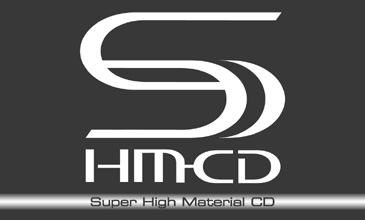
Płyty SHM-CD do odtworzenia we wszystkich typach czytników CD oraz DVD. Gwarantują niespotykaną wcześniej analogową jakość brzmienia, odwzorowują wszystkie walory taśmy-matki. Zdaniem specjalistów - ten nośnik i ta technologia najlepiej - bo natywnie, przenosi na krążek CD wszystkie walory nagrania analogowego.





























